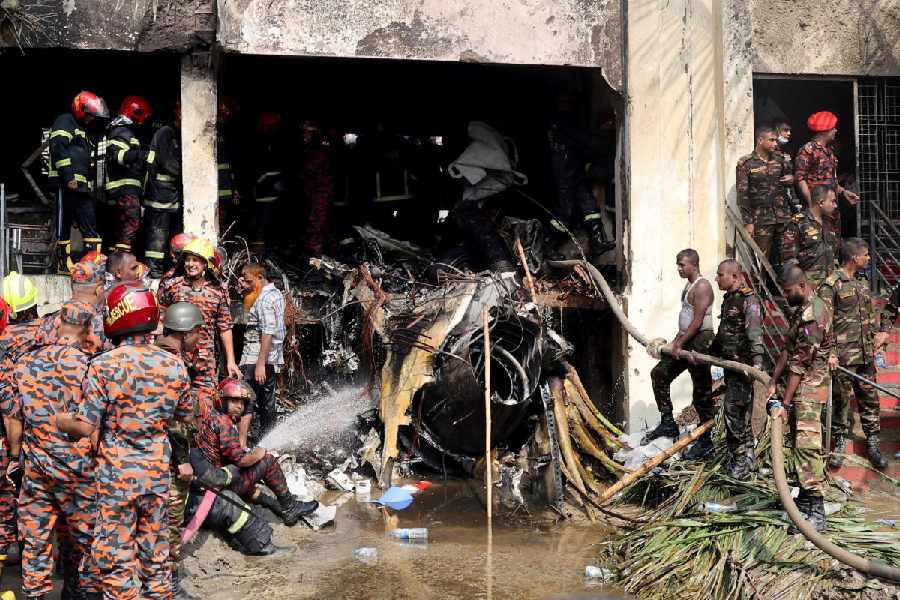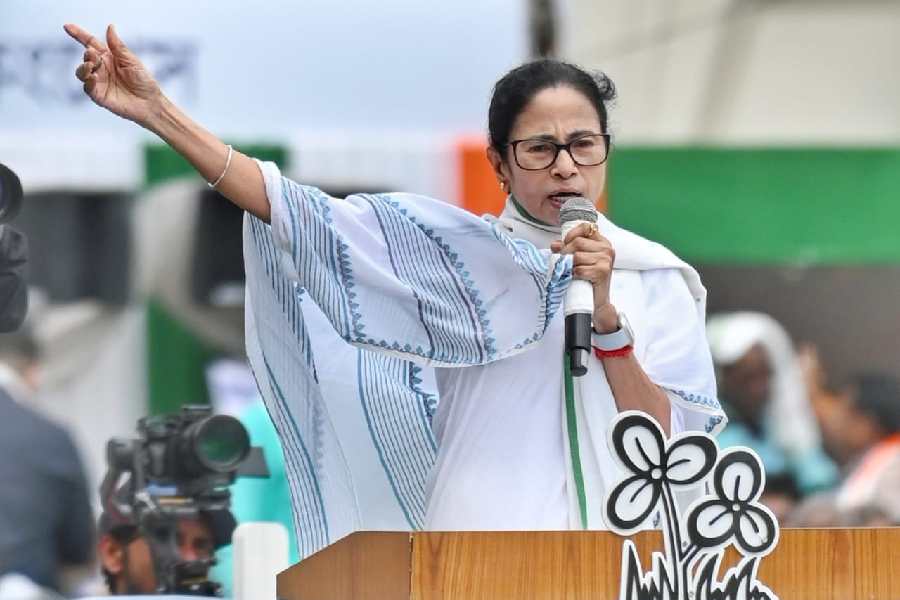Patna, May 22: The heavy downpour in the city on Saturday and showers in some other parts of the state might have come as a pleasant surprise to the citizens, not the experts. They expected it, courtesy climate change.
“The rainfall data for May in Bihar in the past few years suggest the state has received more than normal rainfall in the month barring a couple of occasions. The increased pre-monsoon rainfall activity may be an indication of climate change,” P.P. Sarthi, the academic coordinator of the centre for environmental sciences at Central University of Bihar, said.
Abdul Sattar, the assistant professor of meteorology at Rajdendra Agriculture University, Pusa, echoed Sarthi. “The frequency of extreme weather related events like storm, squall and heavy rainfall in May indicates the impact of climate change,” he said, adding that unpredictable nature of weather beyond the normal pattern gave credence to such thought.
There appears logic in his analysis. The normal rainfall for Madhepura district of Bihar in May is 57.6mm. But the district received 90mm rainfall on May 19 this year.
Similarly, Patna recorded 42.8mm rainfall in the first 21 days of May this year while the normal rainfall for the district in this month is 23.9 mm. The state capital had received 58.8mm of rainfall in May last year and the corresponding figure for 2009 was 61.4mm.
Above normal rainfall in May because of increased pre-monsoon rainfall activities is not happening for the first time in Bihar this year. When one takes a look at the May rainfall data of past 10 years, it becomes clear that barring 2002 and 2005, the state received above normal rainfall in this month in the past 10 years.
“Rapid pace of urbanisation and other local factors appear to be responsible for the change in the rainfall pattern in the pre-monsoon season in the state,” Sarthi said.
He, however, maintained that something conclusive could be said only after detailed study of the weather pattern of the region. “There is a need to develop regional climatic model for conducting such studies and efforts are on to develop it,” he added.
The local Met officials were unwilling to speak on the perceptible changes in the weather pattern. “Unless we go through the detailed data we cannot comment on such issues,” Met director Animesh Chanda said.











